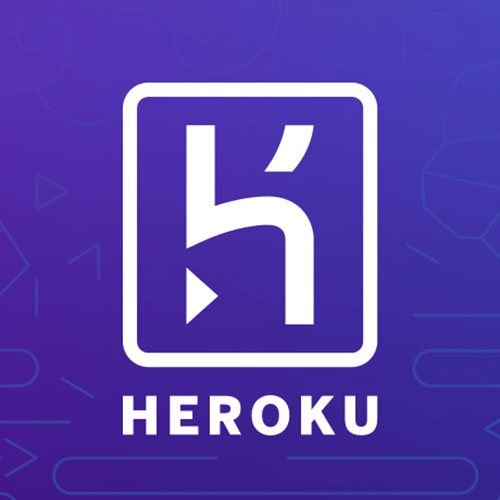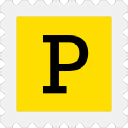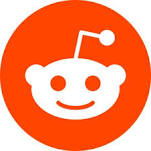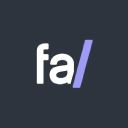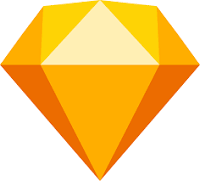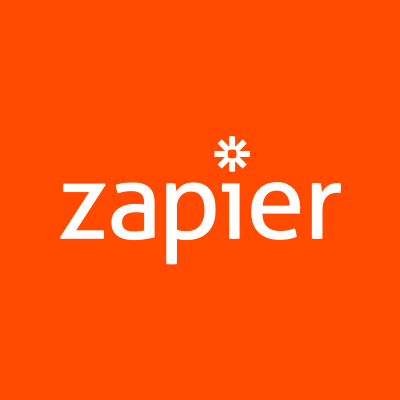Bootstrapping A [Profitable] $15K/Month Simple Newsletter SaaS With No Experience
Hello! Who are you and what business did you start?
My name is Justin Duke! I run Buttondown, a newsletter software for the rest of us. I started Buttondown five years ago, while I was an engineer at Stripe, and grew it as a side project for many years until it became large enough for me to work on it full-time.
I built it to scratch my itch — all of the other email tools out there were either super-heavy (like Mailchimp or ConvertKit) or wanted to own your entire blogging presence like Medium or Substack. There wasn’t anything that just let me drop in a <form> tag into my blog and automatically send out emails, so I built something just like that on a hunch that other people shared my use case.
There’s a lot of room in the world for incremental improvements to things, especially if you’re sufficiently opinionated about what those opinions should be.
Today, tens of thousands of customers use Buttondown to power everything from niche blogs about French real estate to YC-backed pre-launch startups. It’s been a huge pleasure to see that, contrary to popular opinion, you can dig into a specific use case and build for yourself and see that resonates with...

Download the report and join our email newsletter packed with business ideas and money-making opportunities, backed by real-life case studies.

Download the report and join our email newsletter packed with business ideas and money-making opportunities, backed by real-life case studies.

Download the report and join our email newsletter packed with business ideas and money-making opportunities, backed by real-life case studies.

Download the report and join our email newsletter packed with business ideas and money-making opportunities, backed by real-life case studies.

Download the report and join our email newsletter packed with business ideas and money-making opportunities, backed by real-life case studies.

Download the report and join our email newsletter packed with business ideas and money-making opportunities, backed by real-life case studies.

Download the report and join our email newsletter packed with business ideas and money-making opportunities, backed by real-life case studies.

Download the report and join our email newsletter packed with business ideas and money-making opportunities, backed by real-life case studies.

